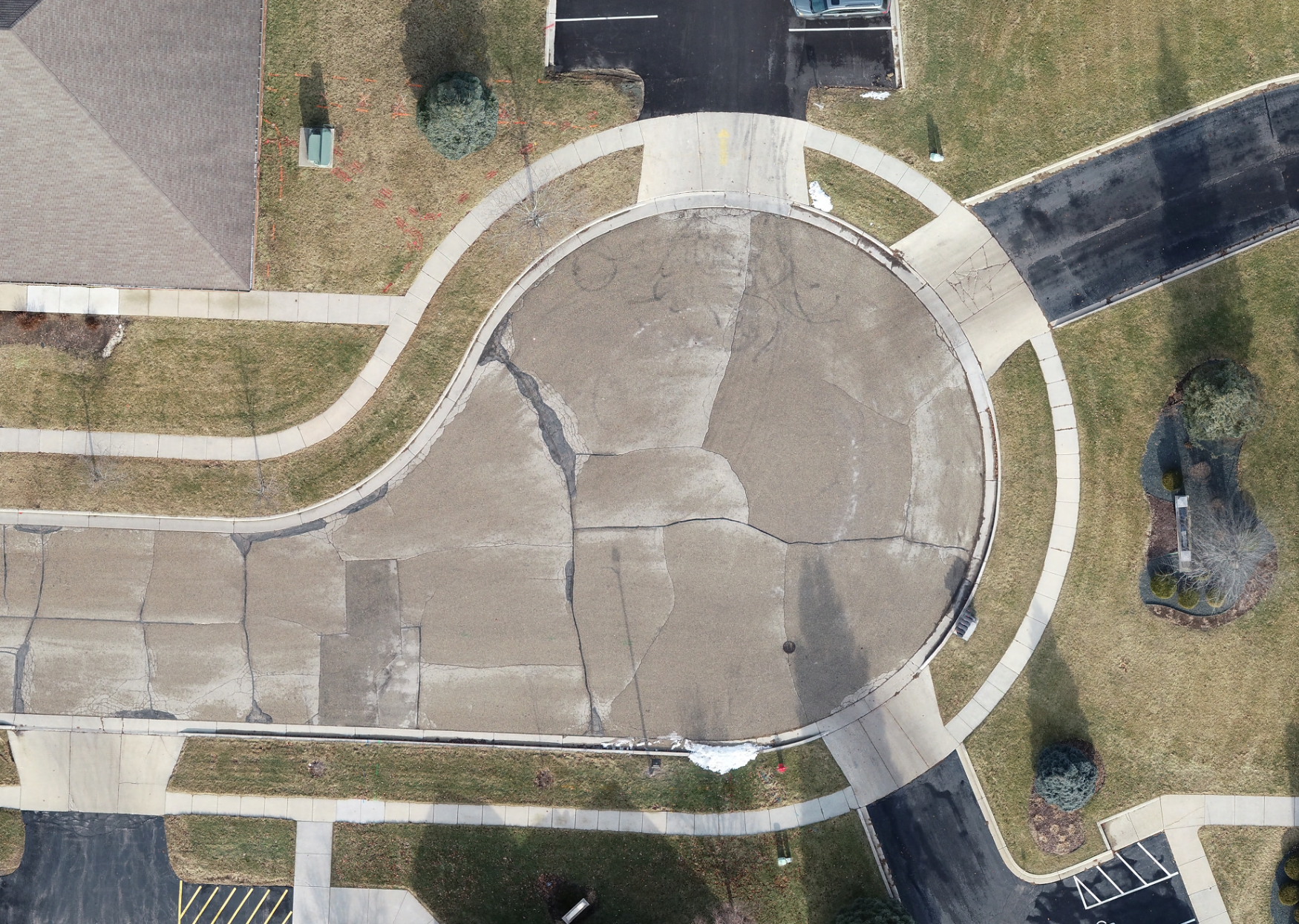Your community can get ahead of the brutal Wisconsin freeze-thaw cycle and its impact on your roadways by utilizing the proactive approach steps R/M experts implement. Learn how to use this approach and your PASER rating data to minimize the life cycle cost for your roadways and provide the quality of roadways that your community desires.
Record-setting employee turnover. Sky-high bids for construction projects. Staggering price increases for supplies such as chemicals for water treatment. The signs of inflation are everywhere and it is devouring the capacity for municipalities to accomplish what they need to. Learn how your municipality can fight back!
All applications for FFY 2023-2026 BIL funding through the STP, Local Bridge, and/or CMAQ Improvement Programs are due by 5:00 PM on Friday, June 3, 2022. Learn what your municipality needs to know to take advantage of the $1.3 billion in federal funding now available for WI transportation projects.
President Biden signed the Bipartisan Infrastructure Bill into law on November 15, 2021. This $1.2 trillion bill includes $550 billion in new spending over the next eight years, roughly doubling the impact of status-quo infrastructure funding levels. Learn how this new funding will impact your next municipal infrastructure project.
The U.S. Department of the Treasury recently released updated guidance on the use of American Rescue Plan Act Local Fiscal Recovery Funds. The Interim Final Rule offers an expanded interpretation regarding the types of sewer, water, and broadband infrastructure projects that qualify for funding. Find out if your next infrastructure project is eligible for Local Fiscal Recovery Funding.
The American Rescue Plan Act will provide historic, direct federal payments to all 19,000 municipal governments in the United States. For some municipalities, this relief will offer a once-in-a-generation opportunity for community betterment. To help you consider your options and get a head start on necessary preparation, our experts developed a list of 25 water and sewer related infrastructure improvement projects that may be eligible for ARPA relief funding.
Beaver Creek is a tributary to the Milwaukee River running through the heart of the Village of Brown Deer. Recently, the Village partnered with R/M to transform a struggling eight-foot-wide channel of the creek, and its adjacent multi-use pedestrian trail, into a thriving community corridor.
In July of 2020, roughly 50,000 people will flood Milwaukee and its surrounding communities for the Democratic National Convention (DNC). Whether your municipality is adjacent to the City of Milwaukee or 60 miles away, the DNC will likely have an impact on your residents and businesses. In order to make the most out of this opportunity, preparation for an event of this scale needs to start now. Here are our best tips to help your community thrive during the DNC.
The Village of Mukwonago recently committed to building a new 115-acre business park in its thriving community. The key to the development of the business park was a clear understanding of its community-wide infrastructure systems and how that expanded infrastructure would fit within the community’s infrastructure puzzle.
A primary positioning strategy is to proactively plan for, and develop, land into business parks that are shovel-ready for prospective buyers. There are many aspects involved to plan for, design, fund, and construct a new business park. These activities may be led by the municipality directly or may involve a public/private partnership approach with a developer.
A high-level understanding of your municipal utility systems is critical to allowing utility managers to understand how their systems will be impacted by changes in significant users.












